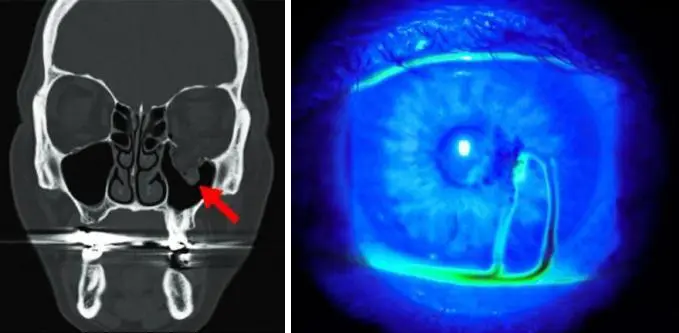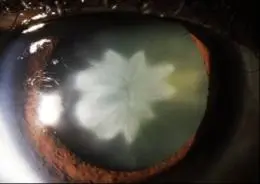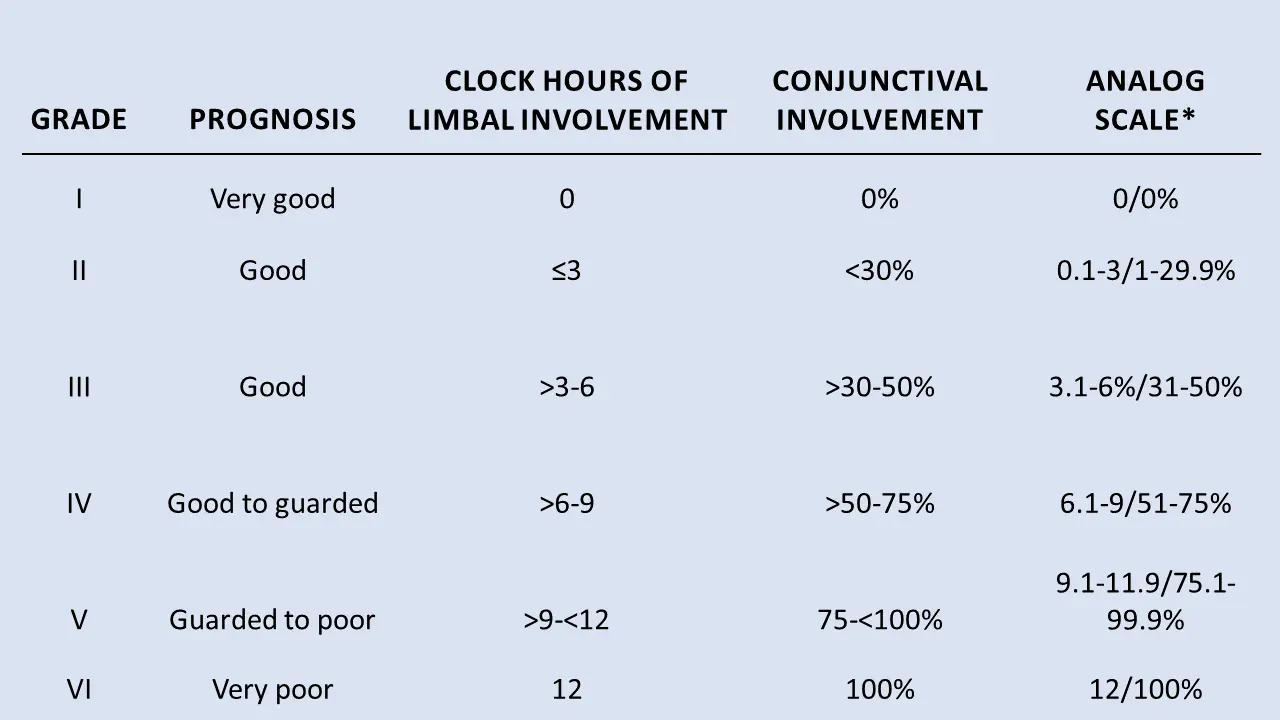Mechanical Trauma: Chemical Injuries of EYE
Mar 3, 2023

Traumatic injuries to the eye are common, and can result in significant vision loss or even blindness if not managed properly. Chemical injuries to the eye can also cause severe damage if not treated promptly.
Therefore, mechanical trauma and chemical injuries of the eye are important topics in ophthalmology, and are likely to be tested in the NEET PG exam to assess your understanding of these important clinical scenarios.
Read this blog further and get a quick overview of this important ophthalmology topic.

- M/C wall of orbit to fracture in blow out fracture: Inferior wall /floor
Important Information
- Thinnest wall : Medial wall
- Fracture of medial wall prevented by ethmoid air cells
- Easy to fracture inferior wall as it rests on cavernous maxillary sinus with no air cells
- Tear drop sign in seen
- M/C site of scleral rupture - Limbus & just under the insertion of rectus muscles (thinnest past) → Seidel’s test
- M/C site of lodgement of foreign body: under the upper eyelid, in the palpebral conjunctiva.

- Corneal penetration / perforation
- Black Ball / Eight ball hyphema- total hyphema - optic atrophy if IOP > 50 mmHg for 5 days

Important Information
-
- Eight ball hyphema: Traumatic hyphema
- Grade 0: Microscopic hyphema not seen under slit lamp examination
- Grade 1 : 1/3rd of AC depth filled
- Grade 2 : 1/3rd – ½ AC volume filled
- Grade 3 : > half till almost entire chamber
- Grade 4 : Entire AC chamber
- M/C type of traumatic glaucoma: Angle recession glaucoma, gonioscopy essential for diagnosis
- D shaped pupil seen in Iridodialysis
- Ciliary body injury has max incidence of sympathetic ophthalmitis

- Rosette cataract & Vossius ring on lens
- Imprint of pupil on anti-lens capsule
- Usually smaller than pupil because pupil constrict at time of impact.
- Vitreous base avulsion - sign of trauma ; vitreous avulsion occurs only due to trauma
- Vitreous haemorrhage usually seen in young males on getting hit (like in Boxers)

- Retinal detachment
- Berlin's edema : Post traumatic macular edema ( cherry red spot ) ; a/k/a commotio retinae
- Traumatic optic neuropathy : Occurs when injury is close to eyebrows
- Optic nerve avulsion: Leads to injury to optic canal & optic nerve
- It is simultaneously injury + rotation of eyeball
CHEMICAL INJURIES OF EYE

- Treat first ask questions later
- Alkaline injury more dangerous than acids
- Alkaline can penetrate more and damage, acids usually precipitates
- Most domestic solutions are alkaline
- Most common acid causing chemical injury to eye is Sulphuric acid
- Most dangerous acid Hydrofluoric acid
- Most common alkali is Calcium hydroxide (lime)
- Most dangerous alkali is Ammonia
- Factors of prognosis
- Duration of contact
- Corneal involvement
- Limbal area of damage
- Dua classification is used for chemical injuries of eye

- Rx
- Irrigation with BSS (Balanced Salt Solution): 1/2 L over 30 min through IV tube
- Topical antibiotics, Cycloplegics, lubricants, antiglaucoma drugs
- Topical steroids for 10 - 14 days
- Topical 10% / oral ascorbate 2gms / day
- Doxycycline 100mg / day inhibits MMP
To study this topic in detail for NEET PG exam preparation, download the PrepLadder app and get access to engaging video lectures covering the topic.


PrepLadder Medical
Get access to all the essential resources required to ace your medical exam Preparation. Stay updated with the latest news and developments in the medical exam, improve your Medical Exam preparation, and turn your dreams into a reality!
Top searching words
The most popular search terms used by aspirants
- NEET PG Ophthamology
PrepLadder Version X for NEET PG
Avail 24-Hr Free Trial